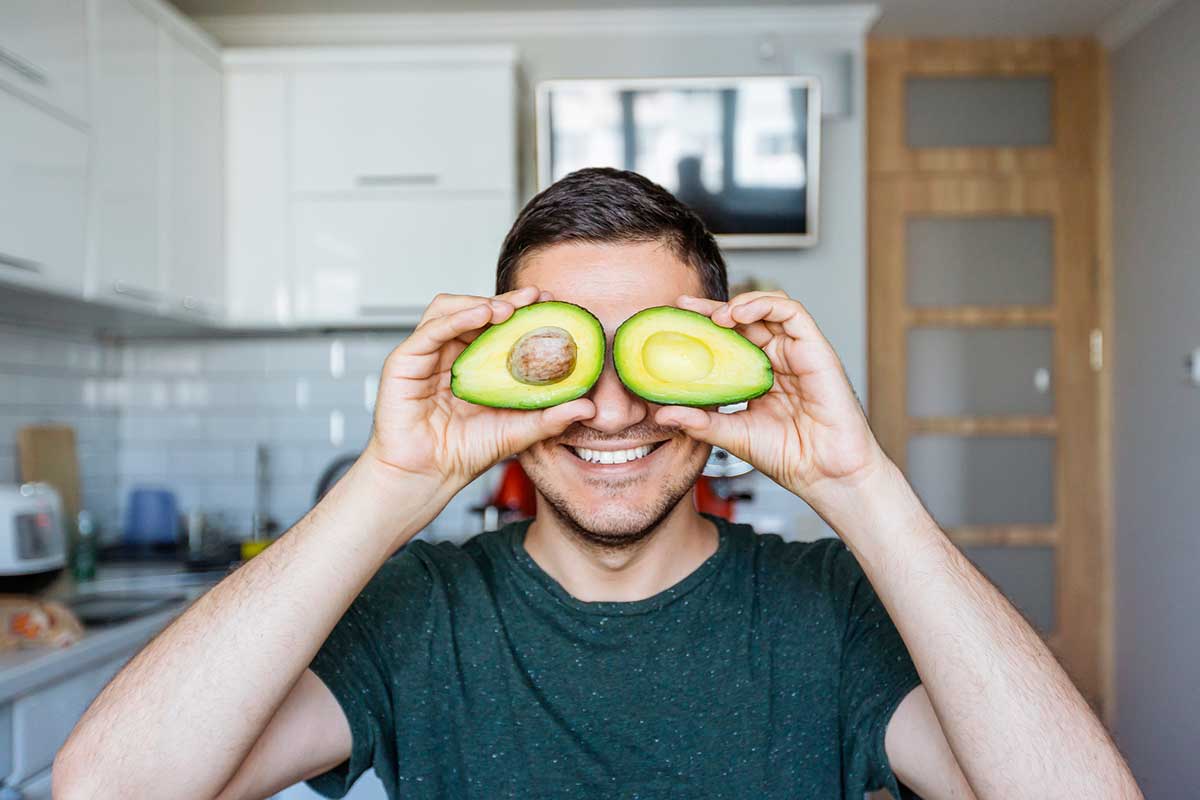Reset your body clock: Daylight saving sleep tips
Mar 7, 2019

Ready to spring forward? Once again, it’s time for almost everybody in the U.S. to move their clocks ahead one hour.
This started during World War I as a way to make the most of natural light and save energy. And it’s been observed on and off since then.
If you’re not in one of the states that have opted out, springing forward may seem like a harmless, if annoying, tradition. But for many people, the time change takes away one hour of sleep. It also means there’s suddenly less light in the morning and more at night. And those changes can affect your health more than you might think.
Why sleep and sunlight matter
Especially if you’re already sleep-deprived, missing even an hour of sleep can give you the equivalent of a mild case of jet lag. That makes it harder to stay alert and can even slow your reaction time behind the wheel.
The time change can also throw off your internal body clock, which can reduce how much sleep-inducing melatonin your body creates.
What’s more, light helps your body clock activate areas of your brain that stimulate alertness. With less light in the morning (when you need to wake up) and more at night (when you need to nod off), you may operate in low gear after the March time change. And it can take a few days to recover.
Surprisingly, springing forward may also take a toll on your heart, though it’s not clear why. In one study, the risk of a heart attacked jumped 24 percent the Monday after the time change, though it tapered off in the following days.
Stroke risk may go up too—by 8 percent in the two days after the spring switch.
Smoothing the shift
Three fairly simple steps can help your body adjust to daylight saving time:
- Go into it caught up. For a smooth transition, don’t head into this time shift short on sleep. Aim for seven to nine hours every night.
- Prep for a few days. In the week before the time change, start heading to bed earlier. Adjust your bedtime by 15 or 20 minutes each night so your body gets gradually accustomed to the switch. Then return to your usual bedtime after you move your clocks forward.
- Use your light right. If you can, head outdoors early in the morning to soak up some rays. At night, do the opposite: Dim your lights and close your curtains to signal to your body that bedtime is approaching. And put away screens with artificial light at least 30 minutes before bed.
Be sleep smart all year round
Of course, good sleep doesn’t just matter in March. For a healthier sleep routine all year long, adopt these smart habits as well:
- Stick to a sleep schedule. Do your best to go to bed and get up at the same time every day, even on weekends. It helps your body wind down and wake up more easily.
- Keep caffeine in its place. To get the Zzzs you need, cut out caffeine in the late afternoon and evening.
- Get regular exercise. People who are active tend to sleep better. But be aware that late-night workouts leave some people too wired to drift off.
- Don’t go to bed on a full belly. It’s OK to have a light snack, but avoid being overly stuffed at bedtime. What you eat matters too. Getting more fiber and fewer added sugars in your diet may help you fall asleep faster.
- Set the mood. Dim the lights, turn off the TV and devices, and try restful activities before bedtime. You might read a book, listen to mellow music or take a warm bath.
When the sniffles sneak up
Is a sick day messing with your sleep? To help yourself feel better faster, try these tips.
Related articles

The Gut-Brain Connection: How Your Mental Health Affects Your Gut Health
February 6, 2024

Gut-Healthy Foods: Eating for Your Digestive Health
February 6, 2024

How Looking After Yourself Benefits Your Whole Family
February 5, 2024